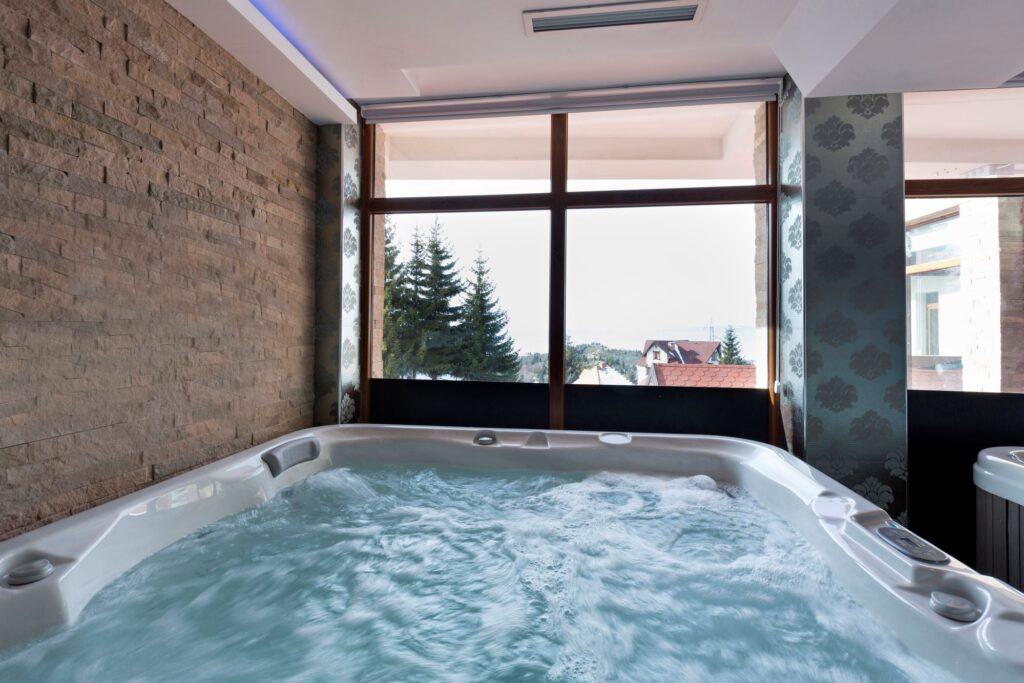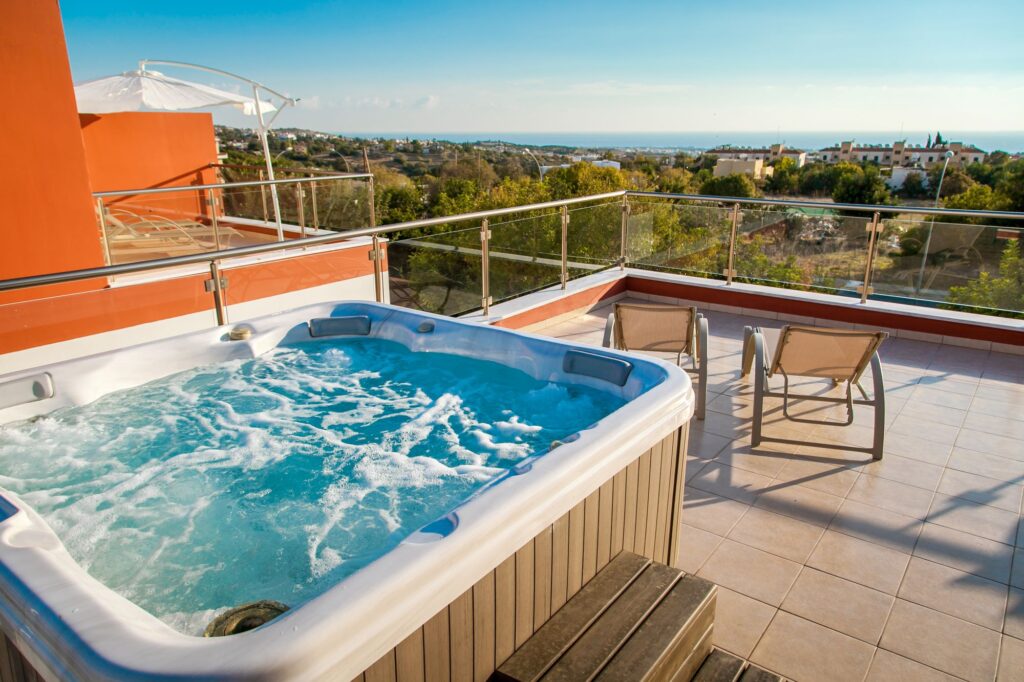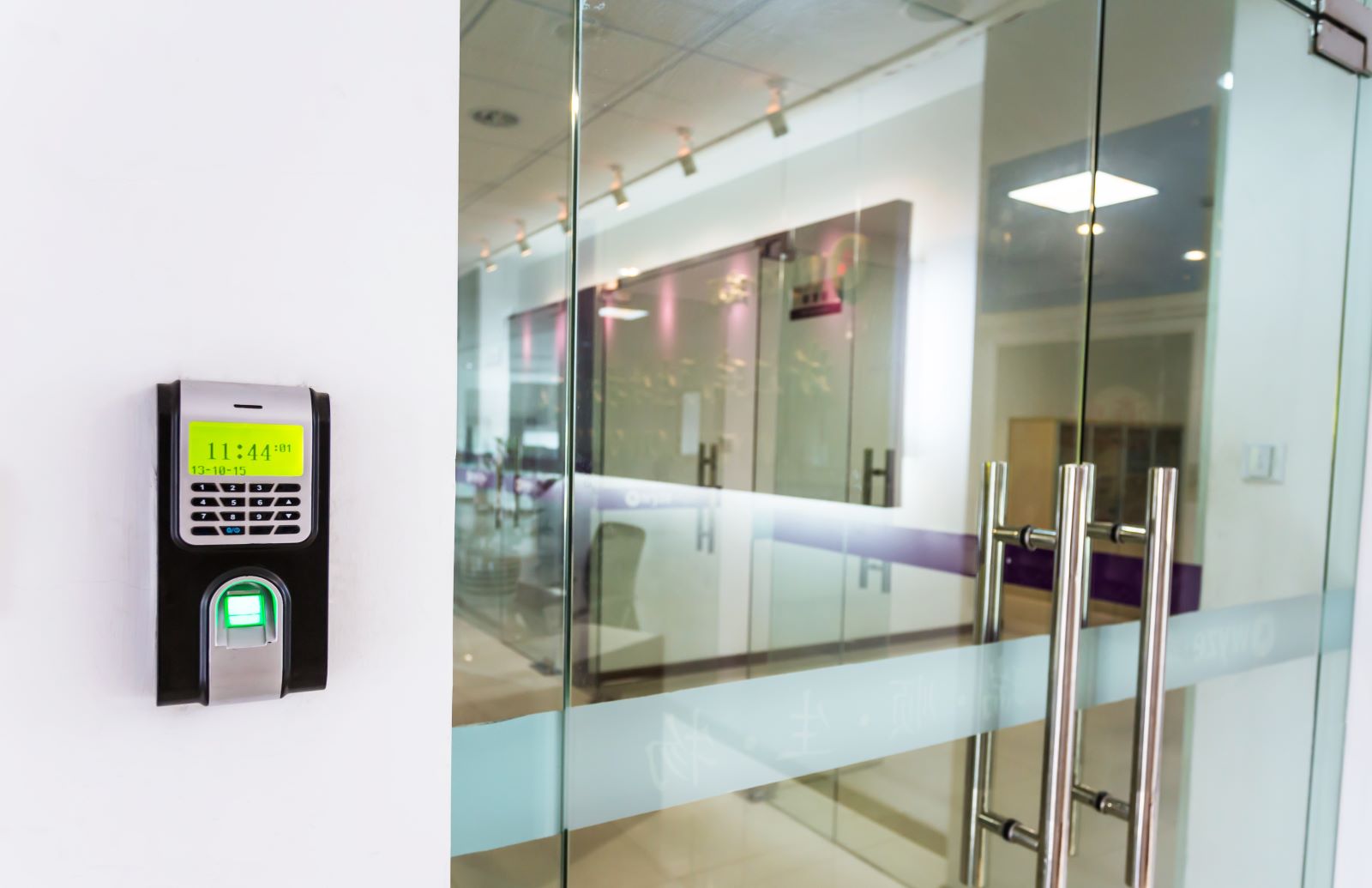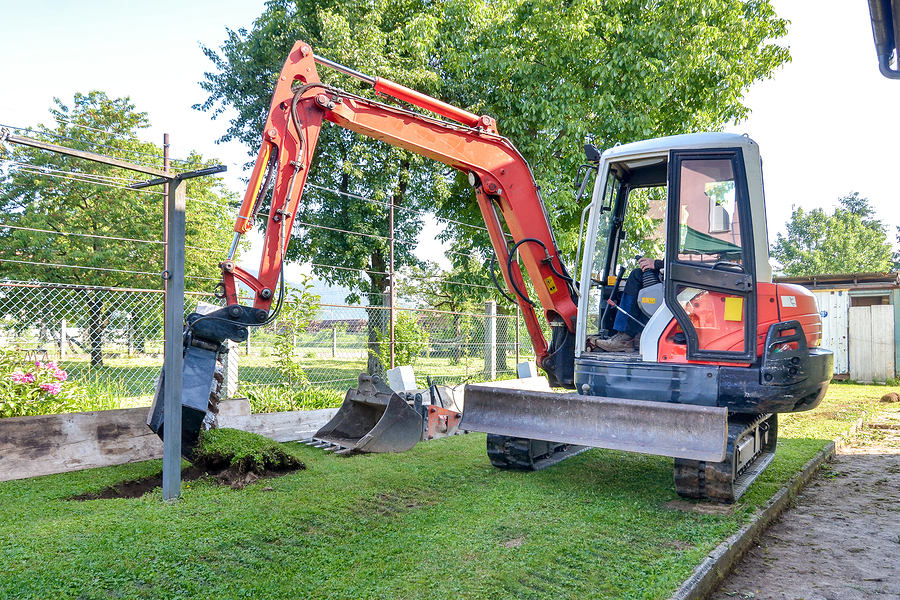Regular maintenance is crucial to ensure your spa pool operates efficiently, lasts longer, and provides a relaxing experience.
A well-maintained spa pool not only reduces the need for costly repairs but also helps conserve energy and maintain optimal water quality.
Regardless of whether you own a cheap spa pool, or a top-of-the-line model, it’s important to keep it well maintained.
Water Care
Water Chemistry
Maintaining the correct water chemistry is essential for a healthy and enjoyable spa experience. The four primary factors to monitor are:
- pH level: This measures the acidity or alkalinity of the water. A pH level between 7.2 and 7.8 is ideal. If the pH is too low (acidic), it can irritate the skin, while a pH that is too high (alkaline) can cause cloudy water and reduce sanitiser effectiveness.
- Alkalinity: This measures the water’s buffering capacity, which helps maintain a stable pH level. A total alkalinity between 80 and 120 parts per million (ppm) is recommended.
- Calcium hardness: This measures the amount of calcium and magnesium in the water. A calcium hardness between 100 and 200 ppm is ideal to prevent scale buildup.
- Sanitiser level: The sanitiser level (chlorine or bromine) should be maintained at the recommended level according to the product instructions.
Testing Water Chemistry
Use test strips or a water testing kit to regularly check the water chemistry. Test the water at least once a week, or more frequently if you experience problems.
Balancing Water Chemistry
- Raising pH: Add pH increaser to raise the pH level.
- Lowering pH: Add pH decreaser to lower the pH level.
- Increasing alkalinity: Add alkalinity increaser to increase the alkalinity level.
- Decreasing alkalinity: Add alkalinity decreaser to decrease the alkalinity level.
- Increasing calcium hardness: Add calcium hardness increaser to increase the calcium hardness level.
- Decreasing calcium hardness: If the calcium hardness is too high, consider draining and refilling the spa or using a calcium sequestrant.
Sanitiser
- Chlorine: Chlorine is a popular sanitiser choice. It is effective against bacteria and algae, but it can irritate sensitive skin.
- Bromine: Bromine is a gentler sanitiser option that is less irritating to the skin. It is often used in saltwater spas.
- Mineral-based sanitisers: These products use minerals to sanitise the water, providing a gentler alternative to chlorine and bromine.
Shock Treatments
Regular shock treatments are essential to kill any bacteria or algae that may have built up in the water. Follow the product instructions for shock treatments.
Sanitiser Additions
Add sanitiser to the spa regularly, following the product instructions. The amount of sanitiser needed will depend on the spa’s size, usage, and water temperature.
Water Changes
Drain and refill the spa completely every 3-4 months or as needed. This helps remove any contaminants and minerals that may have built up in the water.

Filter Maintenance
Filter Cleaning
The frequency of filter cleaning depends on spa usage. A heavily used spa may require filter cleaning every 1-2 weeks, while a lightly used spa may only need cleaning once a month.
- Soaking: Remove the filter and soak it in a filter cleaning solution for several hours.
- Hosing: Rinse the filter with a garden hose to remove any debris.
- Backwashing: If your spa has a sand filter, backwash it according to the manufacturer’s instructions.
Filter Replacement
Filters should be replaced every 6-12 months, or sooner if they become damaged or ineffective. Signs of a worn-out filter include cloudy water, reduced water flow, and a musty smell.
Filter Cartridge Care
If you have a cartridge filter, clean it by soaking it in a filter cleaning solution or running it through a dishwasher. Replace the cartridge every 3-6 months.
Cover Care
Cover Maintenance
- Cleaning: Remove the cover regularly and clean it with a mild detergent and water.
- Inspecting: Check the cover for any tears or damage. Repair any damage promptly to prevent water leaks.
- Securing: Use a cover lock or security system to prevent unauthorised access and protect the spa from debris.
Equipment Maintenance
Pump Maintenance
- Inspections: Regularly inspect the pump for any leaks or damage.
- Cleaning: Clean the pump strainer and impeller to remove any debris.
- Lubrication: Lubricate the pump motor bearings according to the manufacturer’s instructions.
Heater Maintenance
- Inspections: Check the heater for any leaks or damage.
- Cleaning: Clean the heater element to remove any scale buildup.
- Flushing: Flush the heater regularly to remove any debris.
Control Panel Maintenance
- Cleaning: Keep the control panel clean and dry.
- Troubleshooting: If the control panel is not working properly, check the fuses and circuit breakers. If the problem persists, contact a qualified technician.
Winterisation
If you live in a cold climate, it is important to winterise your spa to prevent damage during the winter months.
- Drain the water: Drain the spa completely.
- Remove filters: Remove and store the filters in a dry location.
- Add antifreeze: Add antifreeze to the plumbing lines to prevent freezing.
- Cover the spa: Cover the spa with a winter cover to protect it from the elements.
Troubleshooting Common Issues
- Cloudy water: This can be caused by a variety of factors, including unbalanced water chemistry, a dirty filter, or algae growth.
- Leaking spa: Check the pipes, fittings, and cover for any leaks.
- Pump noise: A noisy pump may be caused by a clogged strainer, a worn-out impeller, or a mechanical problem.
- Heater not working: Check the fuses and circuit breakers, and ensure the heater is properly wired.
Regular maintenance is essential for a long-lasting and enjoyable spa experience. By following these tips, you can help keep your spa pool running smoothly and minimise the need for costly repairs.


